In the heart of Tamil Nadu lies Kumbakonam Temple Carvings, a town that isn’t just a cluster of sacred shrines — it’s a living museum carved in stone. Known as the “City of Temples,” Kumbakonam boasts over 188 temples, many of which are adorned with some of the most intricate and spiritually powerful carvings in India.
From divine dancers frozen mid-pose to ferocious mythological beasts, Kumbakonam temple carvings are more than decorative elements — they are sculpted devotion, etched into time and stone by artisans whose names history may never remember, but whose art will never be forgotten.
Let’s step into the sanctum of this ancient city and explore the world where faith, myth, and craftsmanship converge.
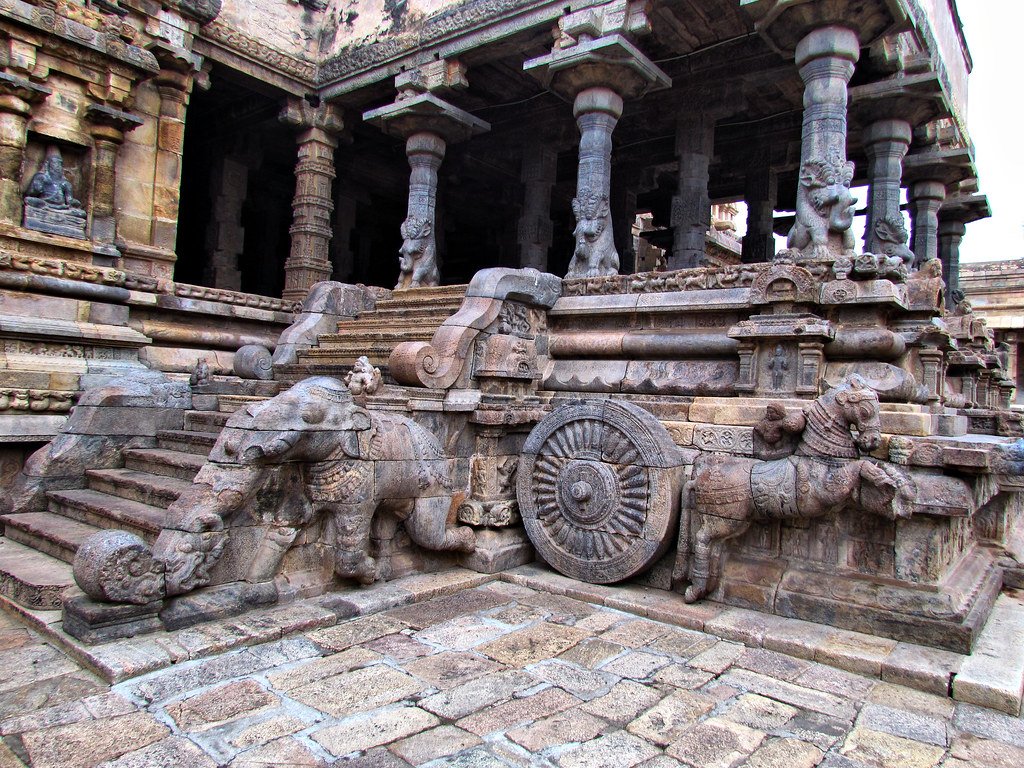
📜 1. The Origins: Chola Dynasty’s Gift to Sacred Sculpture
Most of the temples in Kumbakonam rose to glory during the reign of the Chola Dynasty (9th to 13th century CE). The Cholas were not just rulers — they were great patrons of art, architecture, and Hindu temple culture.
Under their rule, temples became centers of spiritual, economic, and artistic activity, and sculpture evolved into a divine language — used to narrate stories from the Vedas, Puranas, and the epics Mahabharata and Ramayana.
The Cholas believed that carving a deity or story in stone was itself a form of worship.

🪨 2. Material & Medium: Granite That Speaks
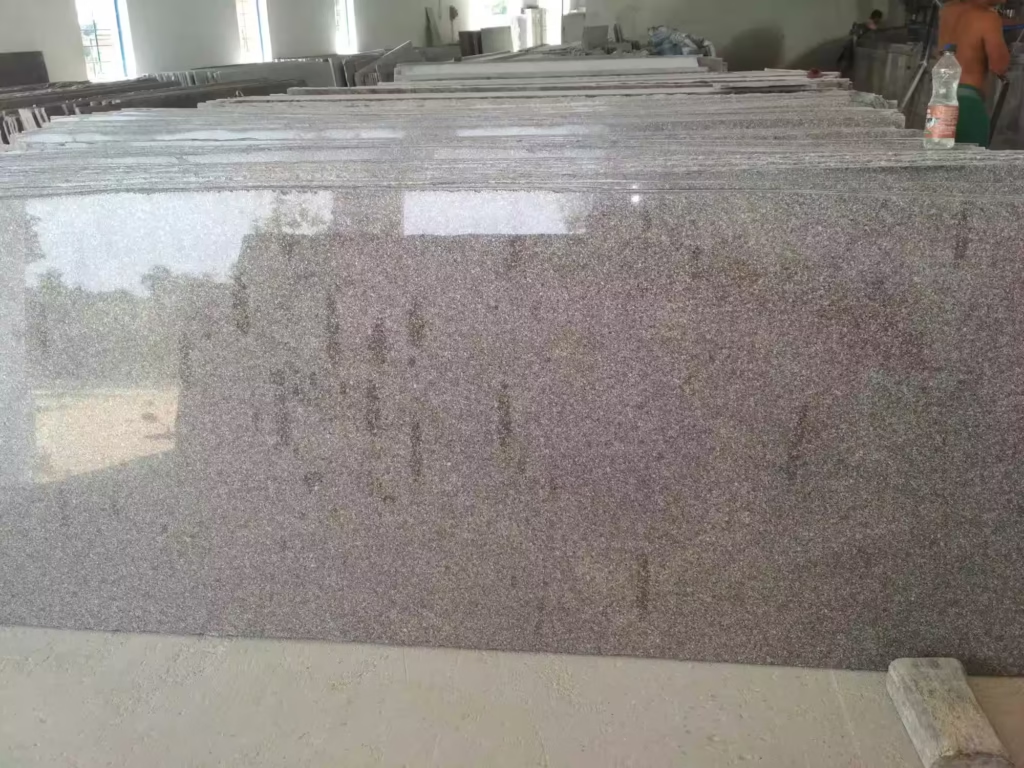
The primary medium used in Kumbakonam’s temples is granite, a material so hard that sculpting it requires immense skill and patience.
Tools used by ancient sculptors:
- Chisels of varying widths
- Stone hammers
- Bronze gauges
- Simple measuring ropes
The sculptor’s job was not just technical but deeply spiritual. Many artists fasted and meditated before beginning a deity’s face, believing that the divine essence would enter the sculpture during its creation.
🧘♂️ 3. Depicting the Divine: Gods, Dancers & Guardians

Walk into any temple in Kumbakonam — Airavatesvara Temple, Adi Kumbeswarar, or Sarangapani Temple — and you’ll be greeted by an explosion of sculptural detail.
🌟 Common Carving Themes Include:
- Shiva in Ananda Tandava (cosmic dance)
- Vishnu in reclining or standing form
- Ganesha with varying postures and moods
- Celestial dancers (Apsaras) and musicians (Gandharvas)
- Mythical beasts like Yali (lion-like guardian creatures)
- Narrative panels from Ramayana & Mahabharata
These aren’t static figures — they are expressions of movement, emotion, and devotion, frozen in time.
💫 4. Symbolism in Stone: Every Curve Has Meaning
The carvings in these temples aren’t just artistic — they’re coded with symbolism:
- Lotus motifs symbolize purity and rebirth
- Dancing Nataraja signifies creation, destruction, and balance
- Yali beasts protect against evil and represent bravery
- Temple guardians (Dvarapalas) embody spiritual vigilance
Each piece tells a story — a silent scripture for those who can read its language.
🧱 5. Architectural Harmony: When Sculpture Complements Structure of Kumbakonam temple carvings
The genius of Kumbakonam’s temple architecture lies in how sculpture and structure coexist.
- Vimana (Temple towers): Decorated with tiered gods and scenes from mythology
- Mandapam pillars: Feature intricate dancers, sages, and animal motifs
- Gopurams (Entrance gateways): Multi-layered sculptures that guide the devotee from the outer world to the inner divine realm
These carvings don’t just decorate the temple — they guide the spiritual journey of the devotee, from the material to the transcendental.
🧑🎨 6. The Artisans: Unsung Heroes of Stone
The ancient sculptors of Tamil Nadu were known as Sthapathis. Most came from hereditary guilds, and many were trained at the famous temple school of Mahabalipuram.
Their process often followed the Shilpa Shastra, the traditional science of temple art and construction.
Modern descendants of these artists still exist in Tamil Nadu today, working to restore temples and preserve their ancestral skills. Unfortunately, many are leaving the profession due to lack of patronage and financial support.
🧭 7. Famous Temples with Spectacular Carvings in Kumbakonam temple carvings
Here are must-see masterpieces:
🛕 Airavatesvara Temple (UNESCO Site)
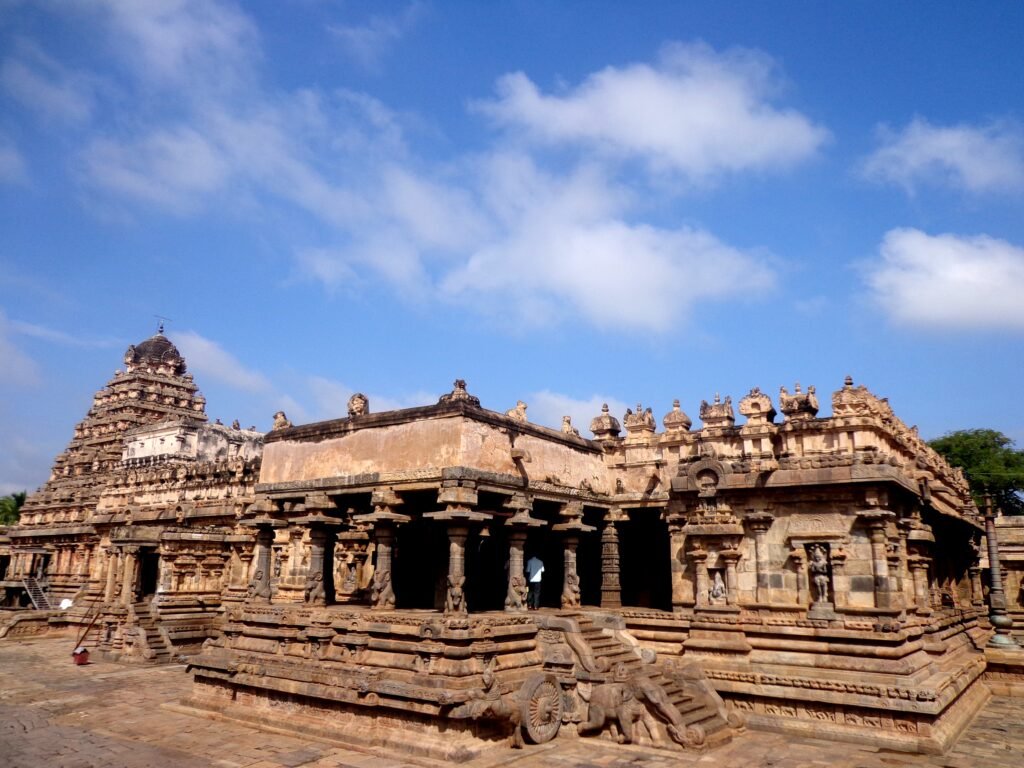
- Built by Rajaraja Chola II in the 12th century
- Features stunning horse-drawn chariot carvings and celestial dancers
- Look out for the stone chain — carved from a single rock
🛕 Adi Kumbeswarar Temple
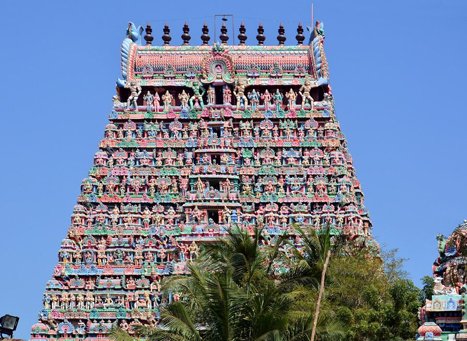
- Dedicated to Lord Shiva
- Its pillars have deeply symbolic carvings, especially representations of Lingodbhava (Shiva emerging from fire)
🛕 Sarangapani Temple
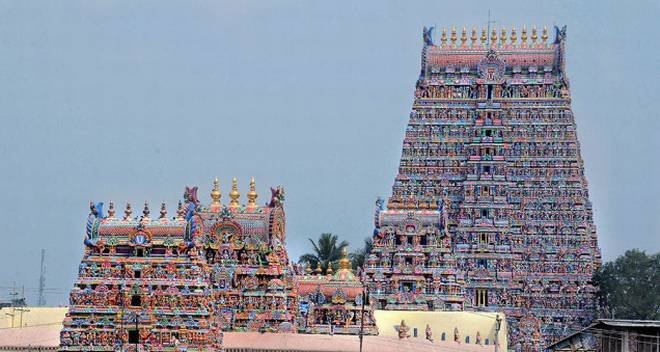
- One of the largest Vishnu temples in Kumbakonam
- Gopuram is a gallery of Vaishnavite mythology carved in vivid detail
🧬 8. Modern Inspirations: From Stone Temples to Digital Art
The timeless elegance of these carvings is now inspiring modern artists, illustrators, and architects.
Applications include:
- Digital sketching of traditional motifs
- Jewelry design based on temple carvings
- Home decor: wall panels, door frames, sculpture replicas
- Fashion: prints inspired by sculpted textiles and jewelry
Temples are now being 3D-scanned for global exhibitions and VR experiences — preserving their art for future generations.
📉 9. Preservation Challenges
Kumbakonam temple carvings face:
- Erosion and weathering
- Neglect and lack of funds
- Unscientific renovations
- Pollution and urbanization
Organizations like the Archaeological Survey of India (ASI) and local temple trusts are working to restore them, but awareness and funding are still needed.
🔗 Related Blogs You Might Like
- Kutch’s Rogan Art: The 400-Year-Old Cloth Painting Tradition
- Kerala’s Mural Paintings: Mythology on Walls
- Pattachitra from Odisha: Tales of Gods on Palm Leaves
- Wikipedia
🎯 Conclusion: Sculpted Devotion That Lives On
Kumbakonam’s temple carvings are not just art — they’re timeless scriptures in stone, messages of faith passed on from one generation to the next. Each line etched in granite holds centuries of tradition, mythology, craftsmanship, and divine emotion.
As we marvel at these masterpieces, let’s remember: to preserve art is to preserve the soul of a civilization.
So whether you’re a traveler, artist, historian, or seeker, next time you walk into a South Indian temple, pause — and let the stone speak.
